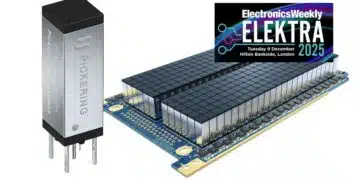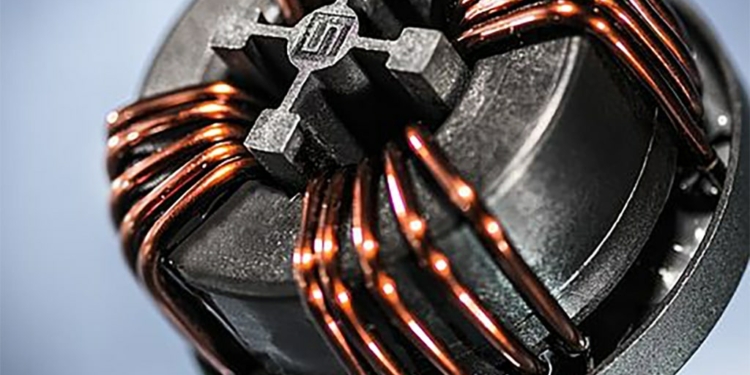Source: Schurter news
SCHURTER expands its successful range of current-compensated chokes with a series for 4-wire high-current applications on printed circuit boards. The new DKIH-4 series is available for three phase applications with neutral line at rated currents from 10 A to 40 A. Due to the open design, the chokes are particularly compact and light.
Like most electronic assemblies, the power section is increasingly being mounted on the printed circuit board with discrete components. However, due to the high integration density required to achieve a compact design, thermal problems can arise due to the high currents on the PCB. EMC interference can affect adjacent modules due to the lack of spatial separation. Therefore, a compact filter on the PCB with discrete components is often the best solution. A current-compensated choke with capacitors is the most efficient metehod for suppressing EMC interference.
The new DKIH-4 series is suitable for three phase applications with neutral line from 10 A up to 40 A . Light weight and compact, the common mode chokes are easily placed on the PCB with through hole technology (THT). The common mode chokes are designed according IEC 60938 and rated 500 VAC or 760 VAC, making them suitable for almost any applications.
The DKIH-4 has been designed for a wide temperature range from -40 °C to +100 °C. In addition to the standard versions, customer-specific pin configurations or variants can be created on request.
Unique Features
- Compact size and light weight
- Open design for optimal cooling
- Nanocrystalline ring cores
- Customer specific pin outs available
































